Interview with Marc Gold: ‘Shoestring Philanthropist,’ Global Activist, and Founder of 100 Friends
- Ruthann S Baler

- Jan 31, 2024
- 11 min read
Updated: Feb 6, 2024
Since 1989, Marc Gold has quietly made the world a better place – one humanitarian trip at a time.
Through his grassroots nonprofit, 100 Friends, he’s traveled to unserved regions across the globe to provide assistance for housing, education, food programs, medical care, small business support, and much more. His multifaceted missions have either been planned months in advance for specific projects or in response to medical emergencies, political uprisings, and natural disasters. He has helped the most vulnerable – children, teens, impoverished families, and the elderly – by assessing their situations and working with local teams to deliver resources.

He has met the Dalai Lama, worked alongside Mother Teresa, and witnessed death, despair, and tragedy, as well as hope, celebration, and new beginnings. Thousands of people across India, Sri Lanka, Thailand, South Africa, Kenya, Israel, Mozambique, Turkey, Costa Rica, Mexico, Tibet, Nepal, Indonesia, Vietnam, Laos, Cambodia, the Philippines, Myanmar, and other countries have received life-changing and life-saving assistance through 100 Friends.
From a young age, Marc learned the meaning of giving back. Growing up in Atlantic City, his parents emphasized the importance of philanthropy, activism, and humanitarianism. They volunteered with numerous local and regional organizations and charities. His father was a professional photographer and met people from all over the world. Through his father’s influence and encouragement, Marc learned about different cultures. By age six, he was leafing through National Geographic magazines and books about travel.
Perhaps it was this defining moment that would lay the groundwork for his life story:
“When I was eight years old,” he said, “my father was recovering from a heart attack, and he stood me in front of a mirror and asked how old I would be in 70 years. He asked me what I would do to make the world a better place. He said when you’re 78, I want you to look at yourself in the mirror and ask what you’ve accomplished in your one and only life. When I asked him how I would get money to help people, he said when you’re a grown man, you’ll figure it out – you’ll see that you can give to people in need while you travel.”

Those words stuck with him. Even before he founded 100 Friends, Marc was focused on making a difference. In 1977, as a public school teacher in Harlem, he was voted teacher of the year and was presented the award by the Rev. Martin Luther King Sr. In 1979, as a graduate student at the University of California, Berkeley, he worked with terminally ill cancer patients. He also organized a group of students to volunteer with the elderly, homeless, and others in need, and he was involved in programs to help heroin users enter recovery. In 1985, shortly after the HIV test was approved, he started the first AIDs counseling and testing program in California.
In 1989, Marc traveled to Asia where he met Mother Teresa while volunteering to work with dying patients. He realized then how he could make a difference helping others.
Marc, tell us about your epiphany in 1989 and how that inspired the creation of 100 Friends.
I learned that one dollar goes much further in Asia than in the United States. The first person I helped was a Tibetan woman – we saved her life with a $1 antibiotic, and then we purchased a hearing aid for $35 that restored her hearing. After I realized that you could do a lot with a little, I went back home and wrote a letter to 100 friends – it’s the number that came to me – and I explained I was going back to Asia and asked if they wanted to contribute.
I literally typed 100 letters using 100 stamps and 100 envelopes, and I remember licking those envelopes and thinking, “I don’t know if this is going to work, but I’ll try.” I received $2,200, which equals 66,000 rupees, and I went to India, traveled all over the country, and helped people there. I’ve often been referred to as "the shoestring philanthropist.”
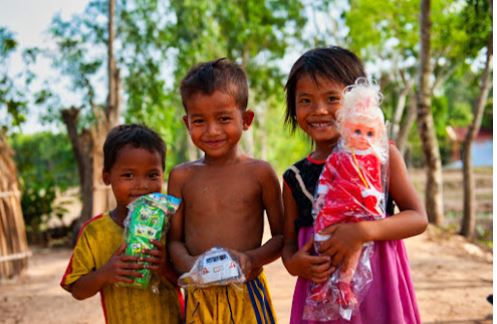
Since 1989, 100 Friends has received, on average, approximately $150,000 a year in donations. My original goal was to raise and distribute $1 million. We reached $3 million in 2023. We’ve helped provide funds for food, social services, housing programs, scholarships, health care services, and construction projects, and we have distributed much-needed items such as wheelchairs, hearing aids, shoes, and eyeglasses – the list goes on.
We help finance a broad range of services to communities, assist the growth of income-generation projects, and deliver many basic necessities that most people don’t have in developing countries.
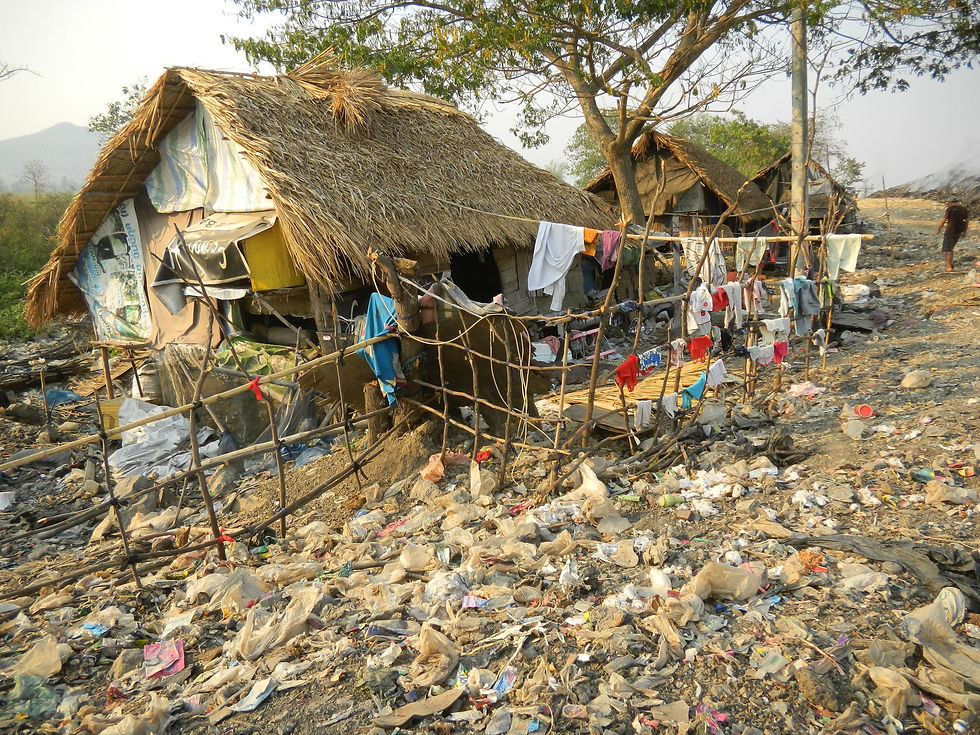
Are the same 100 Friends still giving every year?
About half of the people from the original list still donate every year. Donations were coming in regularly until last year when we saw a 20 percent drop in contributions. I had to recently trim some of the services, so for example if we previously funded a specific program each year for $15,000, we could only provide $10,000 in 2023. We hope our funding increases over the next few years.
You recently traveled to southeastern Turkey to assist citizens impacted by the 7.8-magnitude earthquake last February. What did 100 Friends do to help the victims?
We traveled to a refugee camp of about 5,000 families and distributed small cash grants to be used for whatever people needed the most. We met a woman who lost her husband. She and her little boys survived in a crawl space underneath collapsed floors for four days. They had no light, food, or water during that time. We gave her some cash and distributed money to earthquake survivors we met on the street.
What recurring issues are the most challenging?
There are many areas and populations across Asia that are unserved. Children and adults living with disabilities and illnesses, trafficking of young girls, poverty, food shortages, medical needs, lack of education, survivors of war – these are all tough challenges to address because of the situations these people are living in and the lack of resources available to help them.
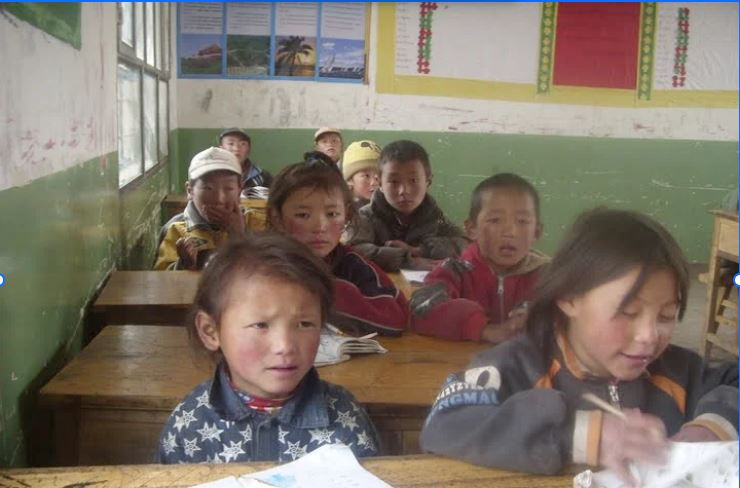
You have taken on so many projects by yourself over the years. How do you continue managing projects when you return home? Do you have any assistance?
I’ve met many amazing people along the way, including my wife, Rossel, whom I met in 2012. She helps me run our nonprofit, and sometimes she travels with me. We try to keep a low overhead so that between 85 and 90 percent of all donations go directly into 100 Friends charitable activities.
The key is to find local people who speak English – who want to be part of our mission and who can help me locate needy families. I trust these people I call ambassadors and depend on them year after year to help me identify those in need and to help me communicate with the local people.
They help me as soon as I arrive, often travel with me, and continue to help carry out services and distribute resources when I am in the States. I work with an average of 15 ambassadors in different countries. The longest I’ve worked with someone has been 34 years and he is a trusted friend who lives in India. My connections in various countries lead me to people in remote areas who otherwise would not receive attention or assistance.
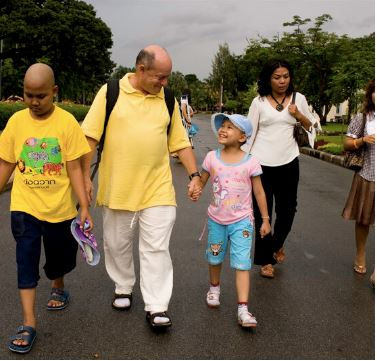
What is an example of a long-term project?
We started a project 10 years ago in Yangon, Myanmar, where we provide services to a squatter village of about 20,000 people. There’s no education, no roads, no police, no water, no electricity, no sidewalks. We’ve built schools, medical clinics, and food pantries, and we developed programs to teach women how to become tailors – which is part of our overall income-generation mission. We give about $20,000 yearly to help Community Care Myanmar, a grassroots community service organization based outside Yangon City. This is a program that I hope will outlive me.

We hired a grant writer, but on her first day of work there was a coup d’etat that destroyed the government and affected several hundred students trying to go to school but were sent home. Teachers and social workers are advocating for these students, but it’s tough because Yangon and other surrounding regions are still under martial law.
We have another program in Vietnam that is 15 years in the making. It’s an income-generation and scholarship program. We focus on farming support because the soil is too dry to grow rice and other crops. We also provide support for scholarships and help young mothers receive job training. They learn sewing skills and how to sell their traditional clothing. Bicycles are a primary mode of transportation, so we distribute as many as possible and provide school supplies throughout different regions. 100 Friends donates between $10,000 and $20,000 annually for these initiatives.
Let’s talk more about education and some initiatives and accomplishments that have improved the lives of children, teens, and young adults.
Across several countries, 100 Friends helps keep preschools open so that mothers and fathers can go to work. We fund school construction and repairs, desks, tables, and basic school supplies. We have built several schools from the ground up by financing the construction and hiring contractors to build them.
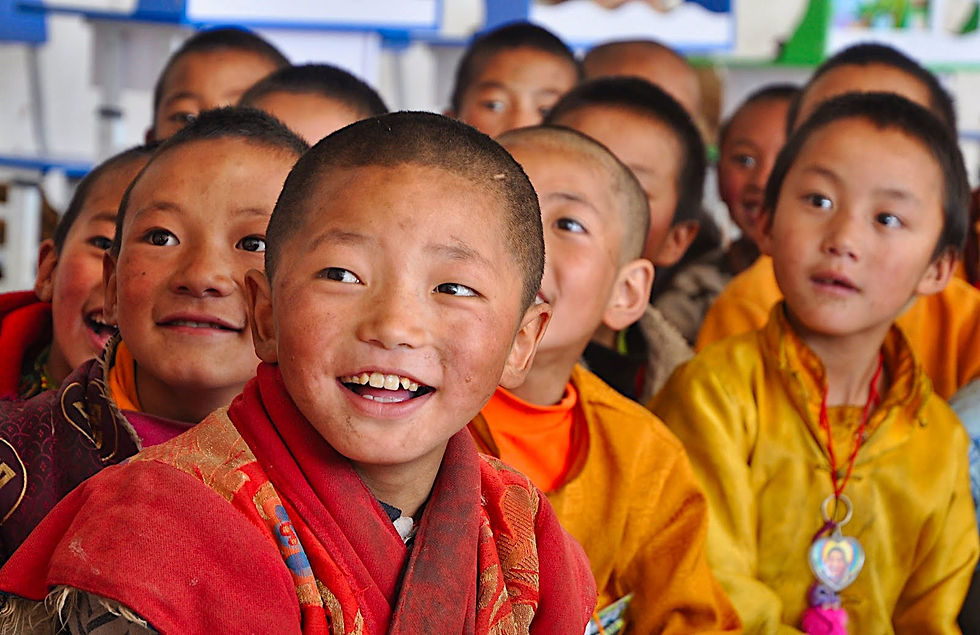
We fund college tuitions, scholarships, and stipends for students so they can stay in school and complete their degrees. We have also sponsored programs that help prevent girls and women from being targets of vicious acid attacks, and we help fund medical treatments for victims of such attacks.

In 2004, we financed the construction of a school in Ghazni, Afghanistan, which provides an education for 1,000 boys and girls who previously attended school in tents. We also funded the construction of a village school in rural Cambodia. In addition to schools, we financed the construction of a community center and washing facilities in the slums of Kolkata, India, and more than a dozen libraries and wells in Nepal, Cambodia, Vietnam, and Tibet.
Our Family Assistance Program in Nepal, one of our longest-running programs, offers a multifaceted approach that targets many of the key reasons Nepali girls are often forced to drop out of school. If young teenage girls are not in school and they are poor, the parents are often tricked into letting their daughters travel for so-called “jobs.”
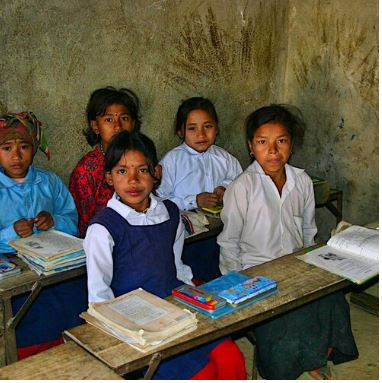
Traffickers will tell parents they have a job for their daughter at a hotel in India and that she will send them money, but what happens is they end up as prostitutes as young as 12. We educate parents on how to avoid being tricked and help them keep their daughters in school.
We also partner with the Blue Dragon Children’s Foundation, which helps children in crisis throughout Vietnam. Blue Dragon works with street kids, runaway children, victims of human trafficking, children with disabilities, young rural-urban migrants, kids affected by drugs and HIV/AIDS, homeless families, child prisoners, and the poor in rural areas.
When you reflect on the past 34 years, what are some of the most memorable and rewarding moments that stand out?
In 2002, we met a family sifting through a garbage dump in Cambodia. The mom was crying because she couldn’t feed her children. We helped feed the kids, and then we found out the mom had HIV. We got her the care she needed through the Clinton Foundation, and her son was admitted into a residential program.

In 2004 and 2005, I visited the island of Sumatra, Indonesia, where a 9.2-magnitude earthquake caused widespread damage and three gigantic tsunamis. It looked like a nuclear bomb had hit that place. We helped mothers find their kids who got separated from them during the tsunamis. I saw a family living in a tent, and inside, there was a woman, her husband, and three children.

They had been waiting for assistance for months with no aid in sight. We purchased supplies to rebuild the family home and a boat for the husband who worked as a fisherman. They were overcome with gratitude and said they would be able to start their life again.
In 2006, while traveling from New Delhi to the Himalayas, my driver wanted to stop in a village to see his family. While waiting for him in a cafe, I met the local chief magistrate who asked me if I wanted to visit his jail. There, I saw a 13-year-old boy who had been in jail for four months. I learned that he was imprisoned for trying to board a train with no ticket and that all he wanted to do was go home after he found out the restaurant where he worked had burned down and the owner could not pay him.
The conductor beat him and had him thrown in jail. I was told that if I could find his family, I could pay his bail and that he would be released. Through our local contacts we were able to locate his mother and grandmother, get him out of jail, and reunite him with his family. We learned that this boy wanted to be a tailor, so we bought him a sewing machine and arranged for him to receive job training. Everyone we help is a small victory. I refer to this incident as our drive-by miracle.

In 2022, we met a man and his family in Ankara, Turkey, who had fled Syria after being victims of the chemical attacks under the Assad government. Because of the poisonous gas, their young son was born with no arms or legs. The father lost his leg in the bombing, and his wife almost died. They somehow made it into Turkey, and my team helped the family survive by connecting them to a Catholic charity in Bologna, Italy. The boy underwent surgery to receive prosthetic arms and legs. His father, who also has a prosthetic leg, was able to find employment with the help of the charity. That’s a success story, but not every story ends that well.
Part of the mission of 100 Friends is to teach others to pay it forward, no matter how small a gesture. You’ve demonstrated in countless ways how a little bit goes a long way – that you don’t need much money to make a difference. It’s the act of giving, you tell others, that counts. What are some examples?
When I tell people they have to pay me back, they look worried, and then I reassure them that they pay me back by helping others. I once helped an older man in Sri Lanka and told him that the way to pay me back was to help his neighbors. He approached me a little while later and said, “Done! I shook down 20 coconuts from a tree and took them to 20 elderly people, and now they have coconuts and coconut milk.” We gave another 20 coconuts to a disabled boy, who started a small business selling them in the market.
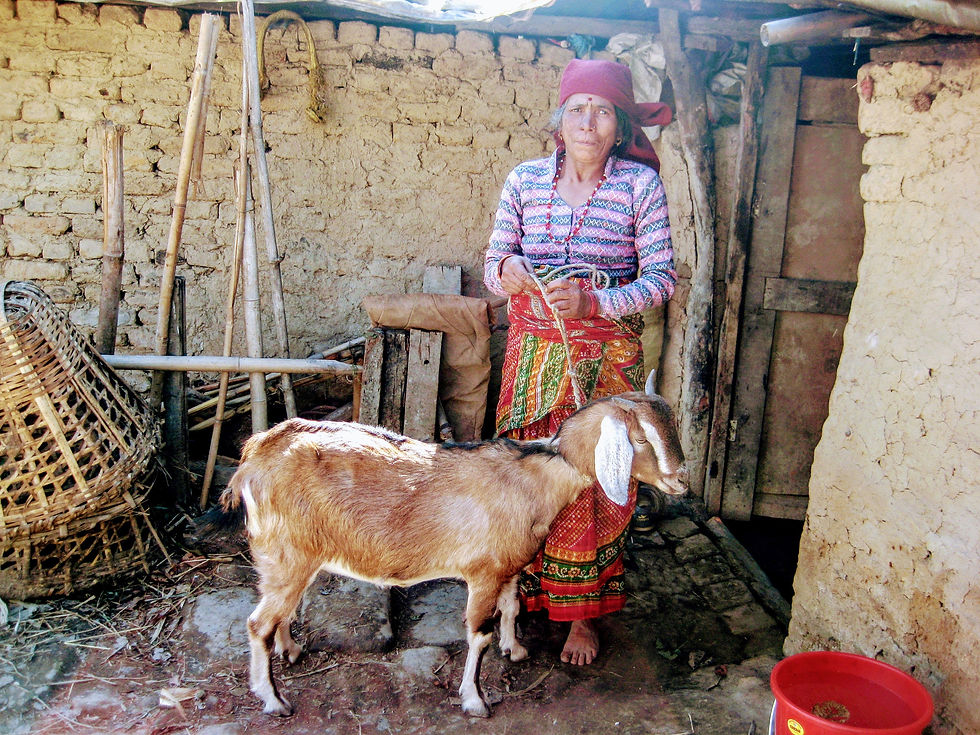
I’ve trained young people in multiple countries to start their own version of 100 Friends. I know that many of the young adults I helped when they were children went on to attend vocational school and college and start successful careers. It’s great when I learn that they have prioritized paying it forward and contributing to their communities.
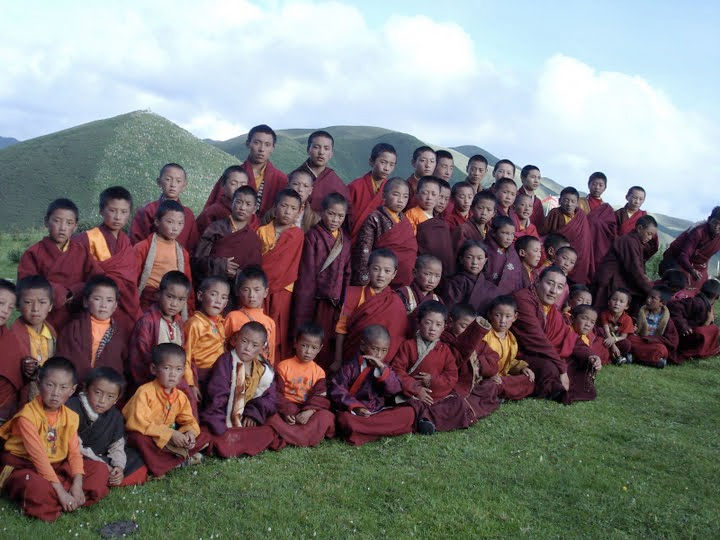
I’m thinking about the words of your father when you were eight years old, and he asked you what you would say to your reflection in the mirror at age 78. Do you think about your father's impact on you at such a young age?
There’s no question that my parents, especially my father and his words, significantly impacted my life. He planted a very important seed in my mind. Even when I was eight, all of that sounded meaningful to me. I grew up wanting to pursue adventure, travel, and help make the world a better place. And in four years, I will be 78!
You’re not in the public eye or the media very much, but I learned about you and your work through a beautiful song called Heart of a Man, written by our mutual friend, Craig Sonnefeld. How do you know Craig?
I’ve known Craig almost my whole life. We went to summer camp together in Atlantic City and have remained friends all these years.
I love that this song is a tribute to you and speaks to the universal need for more compassion, empathy, and understanding. Craig writes about the moment when he watched you take off your gloves and put them on the hands of a homeless person – one of your many simple but truly meaningful acts of kindness.
Now I have an old acquaintance,
He has a heart that's made of gold,
New York City last December,
We were walking in the cold,
He took off his winter gloves then,
Put them on a beggar's hands,
Now I can say that I know someone
Who has the heart of a man.
How can people learn more about your work, reach you, contribute to your mission – maybe start their own version of 100 Friends?
I would invite people to learn more about 100 Friends at my website, reach out to me at marcgold@gmail.com, or kindly make a tax-deductible donation at https://donatenow.networkforgood.org/100friends.




Comments